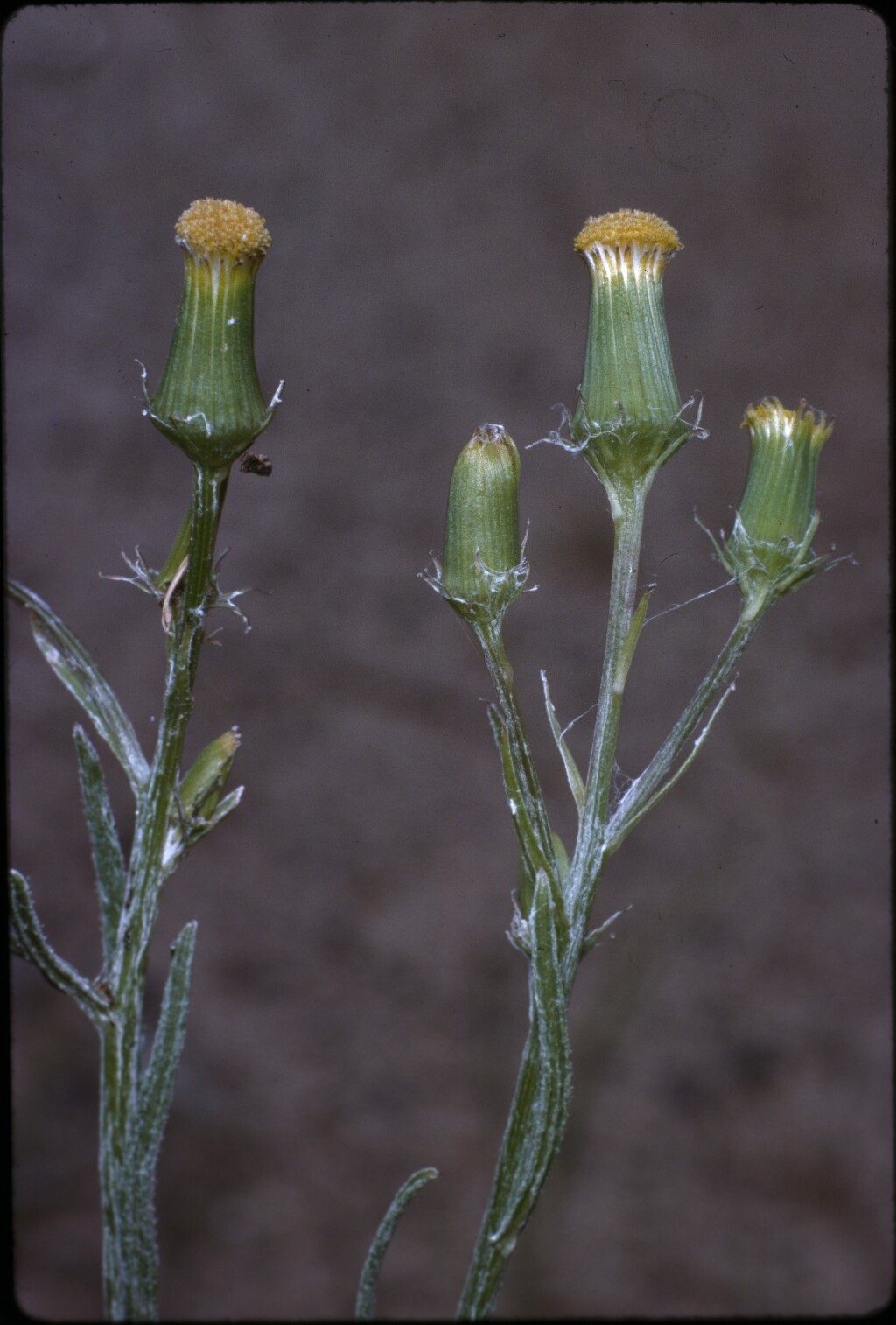Senecio macrocarpus
Large-headed GroundselMuelleria 5: 119 (1983)
Taxonomic status
Accepted
Occurrence status
Present
Origin
Native
Degree of establishment
Native
Threat status
FFG:
Critically Endangered (CR)
• EPBC:
Vulnerable (VU)




